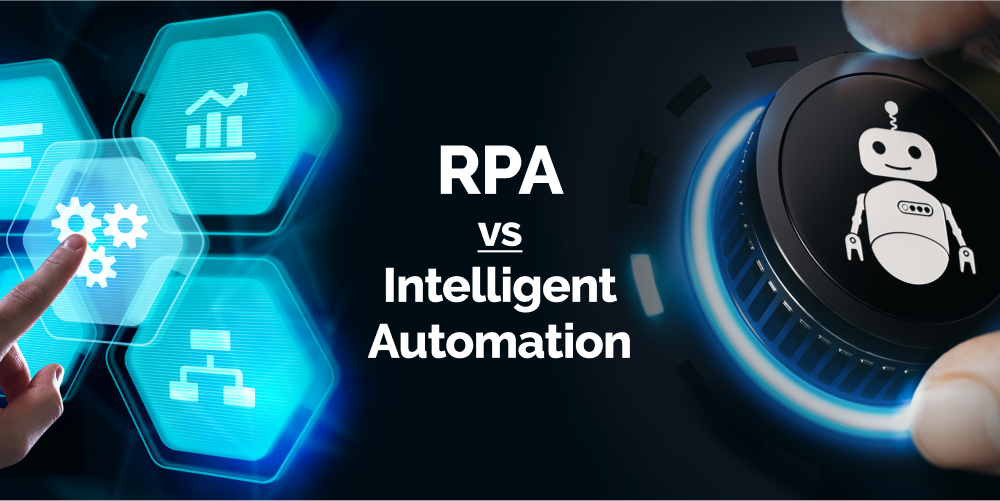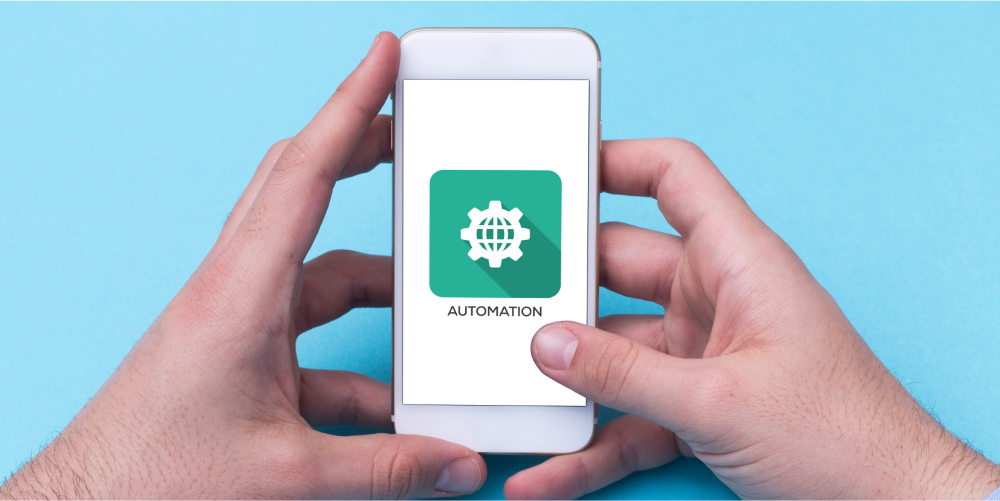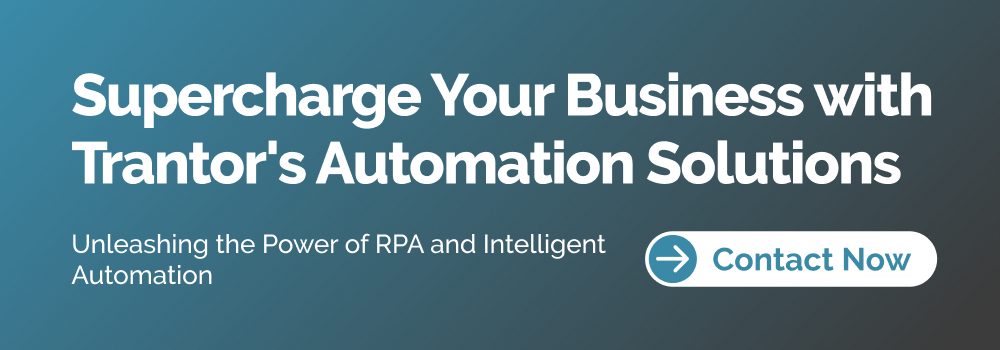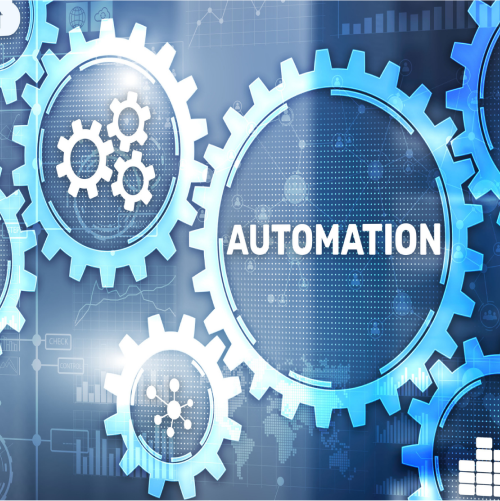RPA, zBlog
RPA vs Intelligent Automation: What’s the Difference and Which is Better?

Introduction: RPA vs Intelligent Automation
Robotic Process Automation (RPA) vs Intelligent Automation? These are two of the hottest technologies transforming how work gets done. But what exactly are they, what are the differences, and which approach is better for automating business processes? This comprehensive guide examines both automation approaches to help you determine the right strategy for your organization.
What is RPA?

Robotic Process Automation(RPA) refers to software bots that automate repetitive, rules-based digital tasks traditionally performed by humans. Some common RPA use cases include:
- Data entry/extraction
- Report generation
- Account reconciliations
- Invoice processing
- Customer onboarding processes
RPA bots interact with computer systems and software through the user interface, similar to a human worker. This allows them to automate tasks without needing underlying systems to be reconfigured.
Key capabilities of RPA bots include:
- Logging into applications/websites
- Navigating interfaces
- Entering/extracting data
- Creating reports
- Triggering responses
- Communicating with other systems
Leading RPA software vendors include UiPath, Automation Anywhere, Blue Prism, Microsoft, and WorkFusion. Most offer cloud-based bot management platforms that handle bot deployment, monitoring, and orchestration.
What is Intelligent Automation?

Intelligent automation refers to automation powered by artificial intelligence (AI) and related technologies like machine learning, natural language processing, computer vision, and more.
Intelligent automation software moves beyond basic task replication and can handle complex processes requiring judgment, learning over time, understanding context, and dealing with variability.
Some examples of intelligent automation capabilities include:
- Reading and comprehending documents vs just extracting text
- Answering customer inquiries vs basic scripted responses
- Analyzing data/reports to highlight insights and patterns
- Improving processes through continuous learning
- Making predictions and recommendations
Vendors like Microsoft, IBM, Google, IPsoft, and Automation Anywhere offer intelligent automation platforms that combine RPA with Artificial Intelligence and Machine Learning to drive more advanced process automation.
Key Differences Between RPA and Intelligent Automation

While RPA and intelligent automation have some overlap, there are several key differences:
- Flexibility & Judgement
- RPA: Configured to handle high-volume, repetitive tasks with predefined rules and little variability. More brittle.
- Intelligent Automation: Continuously trains itself, adapting to new scenarios using AI/ML. Greater flexibility and judgment.
- Evolution
- RPA: Replicates human actions through screen scraping and UI interactions. Mimics human abilities.
- Intelligent Automation: Extends human abilities using AI/ML to handle complex work. Continually evolves capabilities over time through learning.
- Oversight
- RPA: Bots follow specified rules and logic with no variability. Require monitoring and changes to programs for new scenarios.
- Intelligent Automation: Models can self-adjust behaviors within set boundaries, requiring less hands-on oversight.
- Implementation
- RPA: Faster to initially implement and see ROI – weeks/months vs months/years
- Intelligent Automation: Longer implementation cycles requiring complex integration of RPA with AI and establishing models.
- Use Cases
- RPA: Most impactful for high volume, repetitive digital tasks with little variation.
- Intelligent Automation: Adds value where variability, complexity, speed, insight, and judgment are needed
- Augments human capabilities.
Determining the Right Approach

Organizations are increasingly using a hybrid strategy incorporating both RPA and intelligent automation tailored to their specific process automation needs and maturity.
When to Use RPA
RPA delivers the fastest ROI for automating repetitive, rules-based tasks including:
- Data entry/transfer
- Report/statement processing
- Reconciliation
- Application Integration
- Invoice processing
- Form filling
RPA should be used when:
- There are labor-intensive processes done manually
- Multi-system processes prone to human error
- Tasks involve structured data that doesn’t require context
- There are already established rules/logic to mimic
When to Use Intelligent Automation
Intelligent automation helps optimize complex tasks that involve:
- Unstructured data requiring analysis
- Variability requiring judgment
- Continuous improvement
- Predictions/recommendations
- Driving complex decisions
- Quickly processing language
- Identifying patterns/insights
Processes like onboarding, help desk inquiries, fraud analysis, sentiment analysis, personalized marketing, and forecasting benefit most from intelligent automation.
Key Considerations
Factors to weigh when determining RPA vs intelligent automation include:
- Current process complexity/variability – Intelligent automation adds the most value for unstructured, dynamic processes whereas RPA can provide quick wins for predictable tasks.
- Need for rapid ROI – RPA is faster to implement with a shorter break-even period. Intelligent automation capabilities take longer to build.
- Available in-house integration skills – RPA platforms are more turnkey. Intelligent automation requires skills for custom development and systems integration.
- Regulatory requirements – Intelligent automation may face more scrutiny around the traceability and transparency of decisions.
- Budget – RPA software and implementation costs less compared to AI-driven automation platforms.
For most, a combined approach delivers optimal results – using RPA for early wins and cost takeout on repetitive tasks while leveraging AI and ML to transform more complex processes over time. The right balance depends on your specific automation goals, available skills, and organizational dynamics.
RPA and AI/ML Convergence

Though they have fundamental differences, RPA and AI are converging to drive more intelligent automation capabilities:
- RPA platforms are incorporating AI technologies like computer vision, NLP, and machine learning to handle less structured data and unplanned scenarios. For example, Automation Anywhere’s IQ Bot combines RPA with AI to bring more intelligent automation to processes.
- Leading AI software vendors have developed RPA capabilities alongside their offerings, with solutions to automate processes end-to-end. This integrated RPA/AI approach delivered through unified platforms simplifies capabilities for clients. IPsoft and IBM are examples of bringing together RPA and cognitive automation.
- Specialist intelligent process automation platforms combine core RPA functionality with assorted AI technologies tailored to business processes. Leaders like Microsoft’s Power Automate, Kryon, EdgeVerve, WorkFusion, and Thoughtonomy fall into this emerging category.
As barriers between modalities blur over time, RPA and AI will integrate more seamlessly into intelligent process automation platforms. But core differences will likely remain between replicative task-based RPA and AI’s more adaptive functionality.
Which is Better – RPA or Intelligent Automation?
It’s not necessarily an either/or question – both RPA and intelligent automation provide invaluable yet distinct capabilities for improving operational efficiency and effectiveness.
RPA delivers faster wins and solid ROI on automating repetitive, predictable digital tasks prevalent across all industries. It serves as a stepping stone for intelligent automation adoption.
Intelligent automation tackles automation opportunities requiring intelligence and judgment – understanding language, recognizing images, learning behaviors, predicting outcomes, and making recommendations. This allows for the total transformation of more complex business processes through technologies like AI and machine learning.
An integrated automation strategy combining RPA’s rapid payback and AI’s transformative power offers the best path for most organizations. The optimal mix depends on your objectives, process landscape, budgets, and resources.
This blending of automation approaches will continue accelerating as RPA and AI capabilities converge onto unified enterprise automation platforms accessible to business users.
Key Takeaways and Recommendations
When it comes to RPA vs Intelligent Automation, though they have fundamental differences, RPA and AI are converging to drive more intelligent automation capabilities:
- Combine RPA and intelligent automation capabilities since they tackle automation opportunities at different levels
- Focus RPA bots initially on repetitive digital tasks delivering the fastest ROI
- Progress to AI/ML-driven intelligent automation to handle complex processes with ambiguity
- Work with vendors offering integrated bot and AI platforms for simplified capability access
- Define a roadmap balancing short-term RPA wins with long-term intelligent automation goals
- Build in-house skills through COEs to scale automation across the enterprise
RPA and AI represent the automation spectrum – replicating rote taskwork on one end, and simulating human judgment on the other. Blend approaches tailored to your process needs and workforce dynamics to create an automation-first operating model that maximizes benefits.
Through this integrated automation strategy, you can incrementally reduce costs, accelerate processes, improve quality, empower employees to higher-value work, and ultimately transform operations.
Accelerate Transformation Through Intelligent Automation
At Trantor, we provide both leading-edge robotic process automation (RPA) and artificial intelligence (AI)-driven intelligent automation solutions to help organizations optimize and transform business operations.
Our unified automation platform makes it easy for clients to get started with no-code RPA bots that replicate human actions for repetitive digital tasks. This allows for quick wins and ROI on automating high-volume manual workflows such as data entry, report generation, reconciliations, etc.
We then help clients advance to intelligent automation leveraging our integrated cognitive capabilities like natural language processing, machine learning, and predictive analytics. This allows for digitizing more complex, unstructured processes requiring capabilities like information comprehension, pattern recognition, and decision intelligence.
With over 12 years driving large-scale automation programs, we’ve seen that a balanced approach combining our purpose-built RPA and AI delivers maximum benefits tailored to each client’s maturity and objectives. This blended automation strategy incrementally reduces costs, accelerates processes, improves quality, and empowers staff by automating broadly and deeply across the enterprise.
Our dedicated automation specialists work hand-in-hand through an automation center of excellence framework to assess, strategize, implement, and optimize a living automation environment. This allows us to provide value-driven, tool-agnostic solutions leveraging leading technologies like business process management, digital twin modeling, and more alongside core RPA and AI capabilities.




